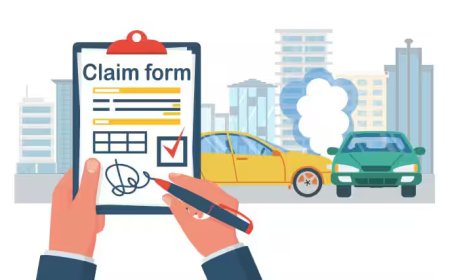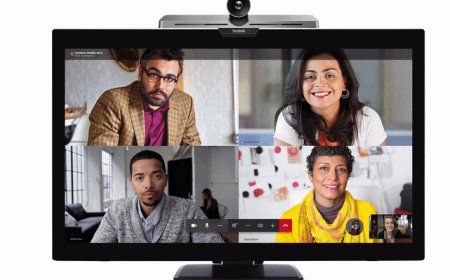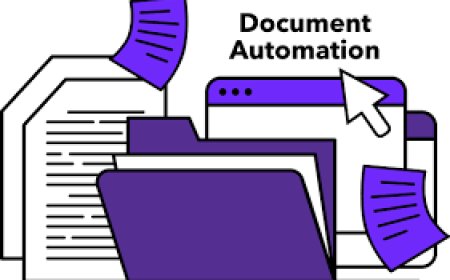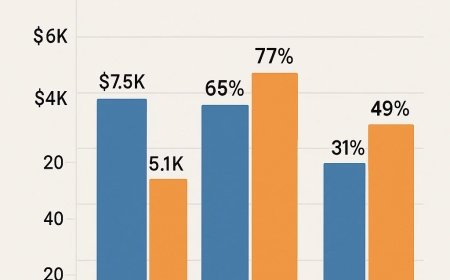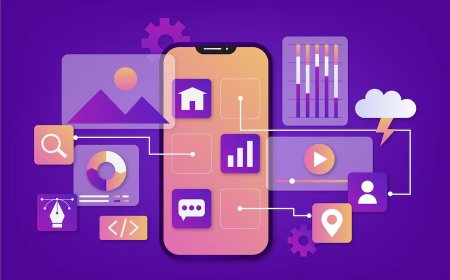How to Diagnose SIM Card Problems with Software
Diagnose SIM issues accurately using Phone Clinix and phone diagnostic software to detect errors, boost repairs, and reduce guesswork.
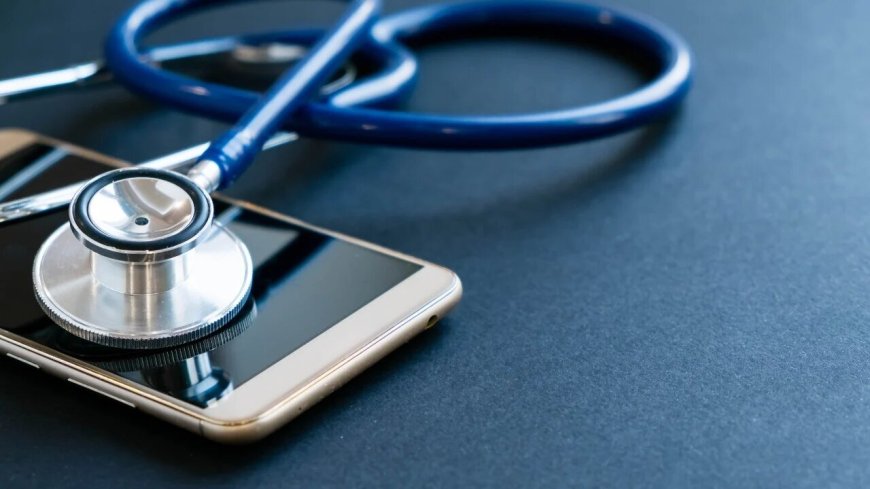
In todays hyper-connected world, a functioning SIM card is essential for making calls, sending texts, and accessing mobile data. When issues arise with a SIM cardsuch as network errors, failure to detect the card, or inconsistent signalusers often assume the problem lies with their mobile network provider. However, many SIM-related issues actually stem from hardware or software glitches in the smartphone itself. This is where phone diagnostic software proves invaluable.
With the help of advanced tools like Phone Clinix, technicians and phone repair professionals can accurately diagnose and resolve SIM card problems using a systematic, software-driven approach. This not only saves time but also prevents unnecessary SIM replacements or costly carrier troubleshooting. In this article, well explore how to diagnose SIM card problems using software and why tools like Phone Clinix are a must-have in every repair toolkit.
Understanding SIM Card Functionality
A Subscriber Identity Module (SIM) card is a tiny chip that stores user identity and enables access to mobile networks. It contains:
-
IMSI (International Mobile Subscriber Identity)
-
Authentication keys for network access
-
Carrier-specific information
-
Limited storage for contacts and SMS
For the SIM card to function correctly, it must interface seamlessly with the smartphones SIM reader and be recognized by the operating system. Issues can arise due to physical damage, software bugs, network misconfigurations, or compatibility errors.
Common SIM Card Problems
Before diving into diagnostics, lets identify typical SIM-related issues:
-
"No SIM Card Detected" message
-
"Emergency Calls Only" error
-
Inability to connect to mobile networks
-
Frequent signal drops
-
SIM card not recognized after OS update
-
SIM lock or invalid SIM notifications
These problems may look similar on the surface but have very different causes. Thats why a precise diagnostic process is necessary.
Why Use Phone Diagnostic Software?
Phone diagnostic software automates and enhances the troubleshooting process. Rather than manually checking for each potential issue, diagnostic tools run a comprehensive scan of the device, including components and system-level settings that affect SIM card performance.
Key benefits of using software diagnostics include:
-
Speed: Tests are completed in minutes
-
Accuracy: Hidden issues are identified easily
-
Consistency: Every device undergoes the same testing protocol
-
Documentation: Detailed reports help track recurring issues
Introducing Phone Clinix
Phone Clinix is one of the most advanced phone diagnostic software tools available today. Its used by phone repair shops, resellers, and mobile technicians to test every component of a smartphoneSIM card function included.
With Phone Clinix, you can:
-
Test SIM detection and carrier recognition
-
Analyze signal strength and connectivity status
-
Check SIM tray hardware via sensor diagnostics
-
Review network registration logs
-
Print or store diagnostic reports for customer verification
Step-by-Step Guide to Diagnosing SIM Card Issues with Software
Step 1: Install and Launch Diagnostic Software
Begin by installing a trusted phone diagnostic software like Phone Clinix on your desktop or service station. Connect the smartphone using a USB cable or wireless connection, depending on the supported method.
Step 2: Run SIM Card Tests
From the main dashboard, navigate to the "SIM & Network" diagnostic section. With Phone Clinix, youll find a range of SIM-specific tests such as:
-
SIM card detection
-
Carrier name recognition
-
Signal strength evaluation
-
IMEI verification
-
SIM tray hardware test
The software will analyze whether the phone is properly reading the SIM card and communicating with the network.
Step 3: Review Diagnostic Results
After the scan, Phone Clinix provides a detailed report highlighting:
-
SIM card status (Detected/Not Detected)
-
Signal bars and RSSI (Received Signal Strength Indicator)
-
Whether the device is registered on a mobile network
-
Errors like SIM lock or blacklisted IMEI
-
Mobile network mode compatibility (2G/3G/4G/5G)
This data makes it easy to pinpoint the issuewhether its a physical SIM problem, software corruption, or network conflict.
Step 4: Take Action Based on Diagnosis
Heres how to interpret common outcomes from your diagnostic report:
| Issue Identified | Likely Cause | Suggested Action |
|---|---|---|
| SIM Not Detected | SIM tray issue or dirty contacts | Clean SIM tray, replace if damaged |
| SIM Detected, No Signal | Network issue or antenna fault | Check antenna module, reinsert SIM |
| SIM Detected, IMEI Blacklisted | Blacklisted device | Contact carrier or replace device |
| Invalid SIM or SIM Lock Error | Carrier lock or wrong region | Unlock phone or replace with compatible SIM |
| Fluctuating Signal Strength | Network interference or faulty hardware | Replace antenna or relocate user |
Step 5: Provide the Customer with a Diagnostic Report
If youre running a professional repair business, providing a customer with a diagnostic report from Phone Clinix builds trust. It shows that a thorough check was performed and outlines the findings clearly. This is especially helpful when the customer disputes a diagnosis or insists the issue is with the SIM provider.
Advanced Troubleshooting Tips
If the basic SIM diagnostics do not uncover the issue, consider these advanced steps:
-
Check software updates: A recent OS update may cause SIM recognition problems. Roll back or reinstall the OS if needed.
-
Perform a factory reset: Only after backing up the users data, a reset can resolve persistent software conflicts.
-
Test with another SIM card: This isolates the issue to either the SIM or the device.
-
Inspect under a microscope: Sometimes the SIM tray or its connectors suffer micro-damage not visible to the naked eye.
-
Cross-check with another phone: Insert the same SIM card into a different phone to rule out SIM-related errors.
Benefits for Repair Shops Using Phone Clinix
Repair shops and refurbishers that integrate Phone Clinix into their workflow experience several benefits:
-
Faster diagnostics: Quickly identify problems without disassembling the device.
-
Reduced returns: Confirms that the phone is functioning correctly before handover.
-
Customer transparency: Report generation helps explain the issue clearly to the client.
-
Enhanced credibility: Use of professional phone diagnostic software distinguishes your service from competitors.
Case Example: Diagnosing a SIM Issue in a Refurbished Phone
A customer brought in a refurbished Samsung Galaxy S10 with a No Service error. The SIM card worked fine in another device. Using Phone Clinix, the technician:
-
Verified SIM card was detected
-
Found the phone had no registered network
-
Checked the signal strength, which was zero
-
Reviewed the diagnostic report that flagged a faulty antenna
Based on this, the technician replaced the antenna flex cable, ran the Phone Clinix test again, and verified full signal strength and network registration. The repair was completed without trial-and-error, saving time and improving customer satisfaction.
Conclusion
Diagnosing SIM card problems can be tricky without the right tools. Fortunately, phone diagnostic software like Phone Clinix makes the process faster, more accurate, and far more professional. From detecting SIM card presence to evaluating network connectivity, these tools eliminate guesswork and provide clear, actionable insights.
Whether you're a seasoned technician, a repair shop owner, or just someone who wants to troubleshoot their own phone issues, investing in quality diagnostics software is a wise decision. In a world where mobile connectivity is crucial, keeping devices network-ready is not just a convenienceit's a necessity.
So, the next time a device shows a SIM card error, dont just guessrun a full diagnostic with Phone Clinix and get to the root of the problem with confidence.






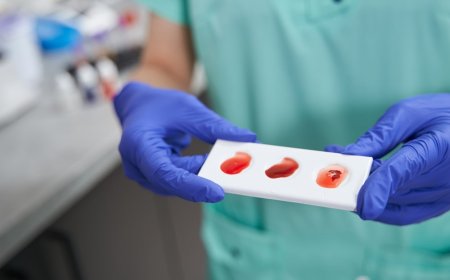

&srotate=0)



